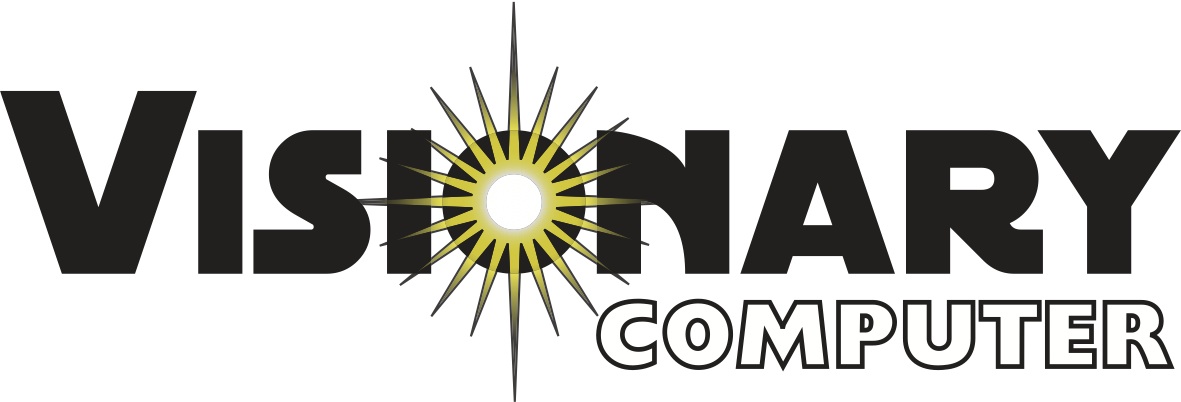Internet Browsing and Security
/By Levi Haag
Computers have become the most common way to share and consume information. Whether on social media, news websites, or email we are surrounded with links vying for our attention. In this article I’m going to review internet security and how to tell if a website is legitimate or not. Please note that while I will give some specific examples not every case is the same and what you see or experience may not match exactly. Often while browsing news feeds like Yahoo, or Facebook you will come across links to external webpages. Sometimes these are shared by friends or provided by the website creator, but some of them are ads placed by the highest bidder.
For example:
This example is taken from the front page of yahoo.com the first link is to the Chicago Tribune, it’s a fetching title with content that is hoping to get you to click on it. The second is a sponsored link that pays Yahoo for every time someone clicks on their link. The title and content are interesting, but ultimately this is just an ad. In both cases Yahoo is sending you to another site, and while you might expect that they would verify the links on their page are safe and secure, they often don’t. Yahoo may verify some of the links they create but the ads come through third party sales agencies that Yahoo has partnerships with. This can mean that even if 99% of the ads are safe that 1% can still get through, and with a website as busy as Yahoo this can mean thousands or even millions of people getting links to unsafe websites.
Lucky for us there are ways to tell if the website you are viewing is safe or not. If you have owned a computer for several years without running updates you may have encountered warnings on websites like Youtube, Facebook, or even banking websites warning you to update your computer or switch to a more secure browser. These warnings occur because of a built in security between websites and web browsers such as Safari, Chrome, or Firefox.
If you take a look at the picture above you may notice that in each shot I have loaded a webpage and next to its name is a small lock logo. This logo is there to indicate that the website is secure and verified by an third party website. Anytime you are typing your personal information on a website you should always make sure the site is secure and verified. If you click on the lock it will even give you a report of the website and it’s certificate. These certificates are the best way to make sure you are keeping your data safe.
Another tool that is frequently used to bypass security is referred to as “Scareware”. These are usually pop ups that will warn you about out of date software or “viruses” on your computer. They may direct you to another website or phone number. These are easy to avoid by making sure you are browsing safe websites and ignoring any ads like the one above. If you are worried that a program is out of date go to the manufactures website and check for updates. The best advice I can give you is that if a website has ads on it, don’t trust them about updates.
Sadly, in most cases of online fraud or Malware, there is no super secret hacking going on, usually the user simply allows access by clicking a fake link or agreeing to install phony update. So when you see something on a website that seems suspicious, or out of the ordinary either ignore it or leave the website all together. When in doubt give us a call and we can help determine if your computer is safe, or tell you if a website is legitimate or not. Stay up to date on your OS and Apple security updates, take reasonable measures like installing MalwareBytes, and surf safely.





